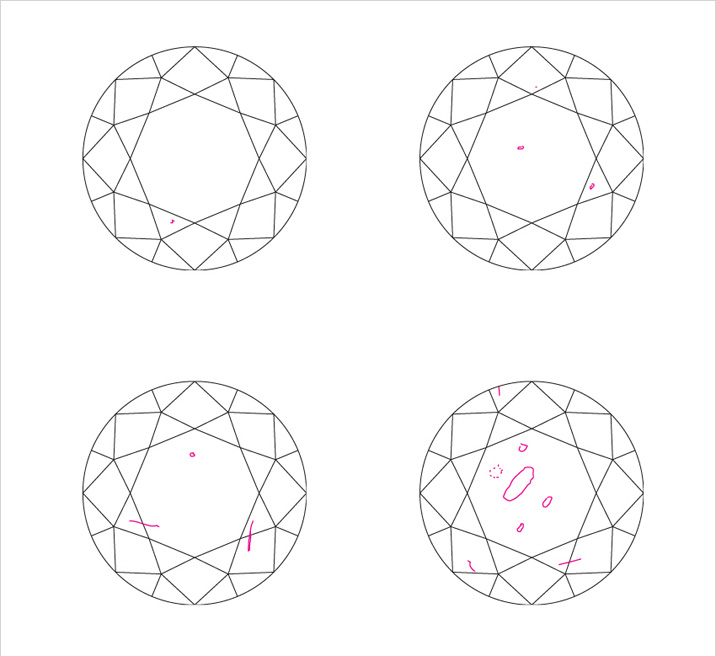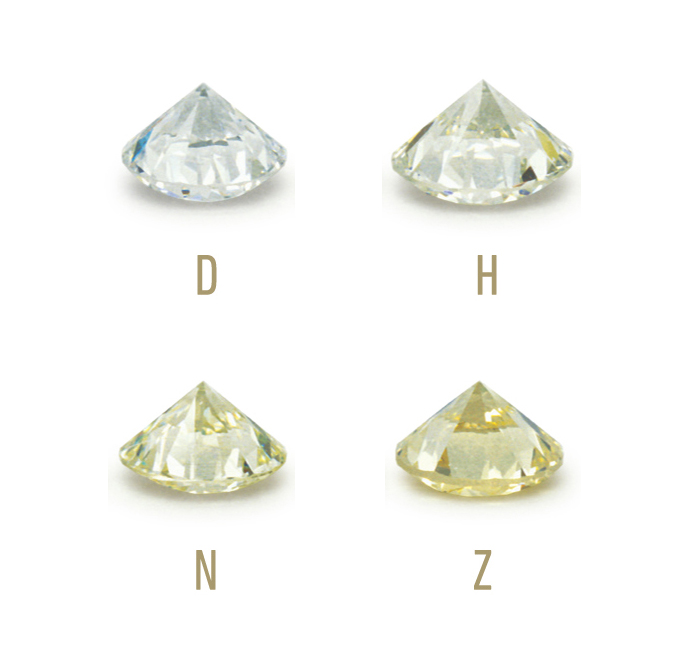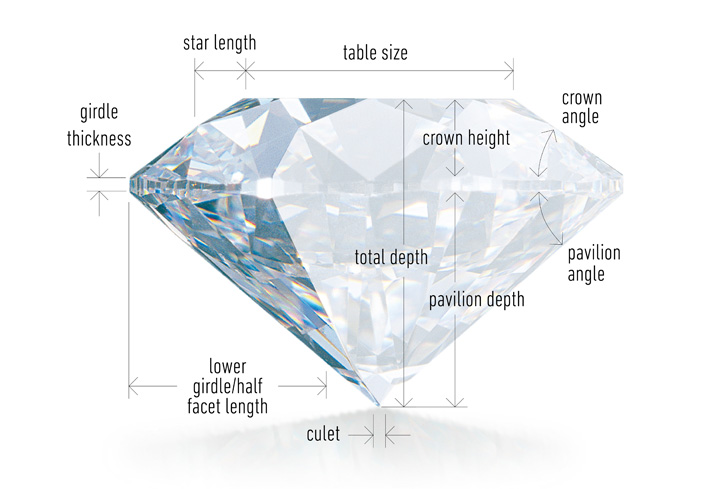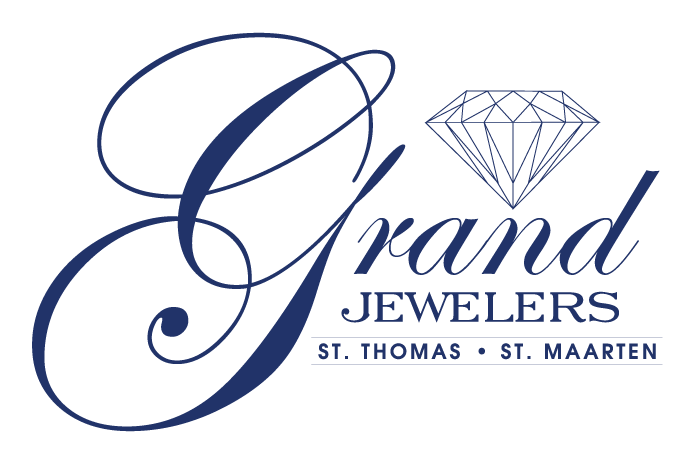The ABCs of the 4Cs
Let’s say you know nothing about diamonds. Let’s say you know a few things about diamonds, but want to know what the most fundamental facts are to focus on. No matter who you are, having a thorough understanding of the diamond rating scale called the 4Cs is an important place to start. Whether trying to make an educated purchase or just trying to increase your knowledge, the fundamental diamond qualities you need to understand are the 4Cs—Carat, Clarity, Color and Cut. The GIA, or the Gemological Institute of America, has created different rating scales to properly asses these qualities, and we will guide you through what each of those evaluates.

CARAT SCALE

The carat of a diamond refers to the diamond’s weight. A carat is a unit of measurement and each carat is divided into 100 parts. These parts, or points, are commonly written out as .01 carat or 1/100 carat (1 carat=100 points). A diamond’s weight is typically discussed in the fraction form, and each fraction refers to a decimal range. For example a diamond that weighs 9/10 carats will weigh between 0.90 and 0.95 carats. The more a diamond weights, the higher number of carats it is, the more expensive it will be. While carat is an important quality of a diamond, it is equally important to remember to consider the other three factors, as two diamonds of equal weight might have very different cut, color, and clarity.

CLARITY SCALE

The clarity of a diamond refers to the prominence of tiny imperfections found within the diamond. A diamond with very small imperfections, also known as inclusions, is not uncommon, as many can only be seen with a magnifier and the fewer of them there are, the more rare and expensive a diamond becomes. There are 11 grades of clarity and these reference the visibility of the inclusions. The overarching grade categories are: FL (flawless), IF (internally flawless), VVS (very, very small inclusions), VS (very small inclusions), SI (small inclusions), and I (imperfect). While an inclusion occurs on the interior of a diamond, a blemish occurs on the exterior of a diamond, and both of these are considered when assessing clarity.

COLOR SCALE

The color of a diamond actually refers to lack of color or the whiteness of the diamond. Coloring of a diamond can occur when other elements or differing pressures interfere with the development of the stone. The scale for rating the color of a diamond starts with the letter D, for completely colorless diamonds, and going up to Z, for diamonds with a distinct tint that is plainly visible. Aside from the diamond itself, the other important consideration when it comes to color is the setting. A standard gold setting will show tint in even a colorless diamond, whereas these precious gems are truly brilliant in either white gold or platinum. Alternatively, a slightly tinted diamond might look whiter when set into a yellow gold setting.

CUT SCALE

The cut of a diamond refers to the quality of each edge and the shape. More specifically, the symmetry of all sides of a diamond along with the proportions of each angle are analyzed when assessing cut. These very features are what create the sparkle we all love, and they do this by optimizing the capture and reflection of light. Each diamond is given a rating on cut of: poor, fair, good, very good, or excellent, based on both quality and shape. In order to properly catch, reflect, and scintillate light, the proportion of angles and facets must be right, the symmetry or accuracy of the cuts must be ideal, and the polish must result in a smooth surface.
